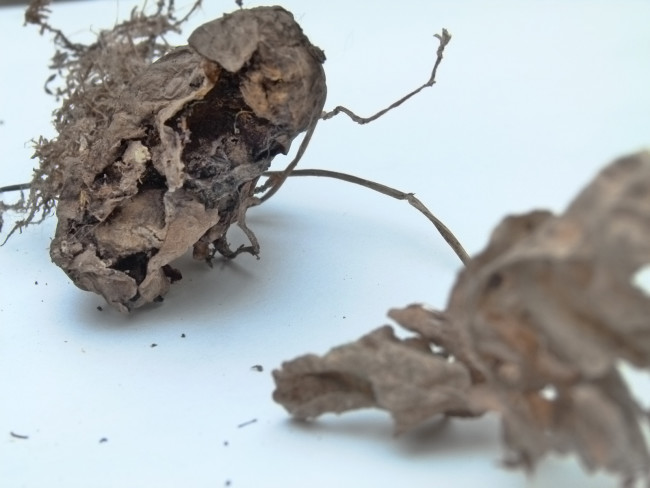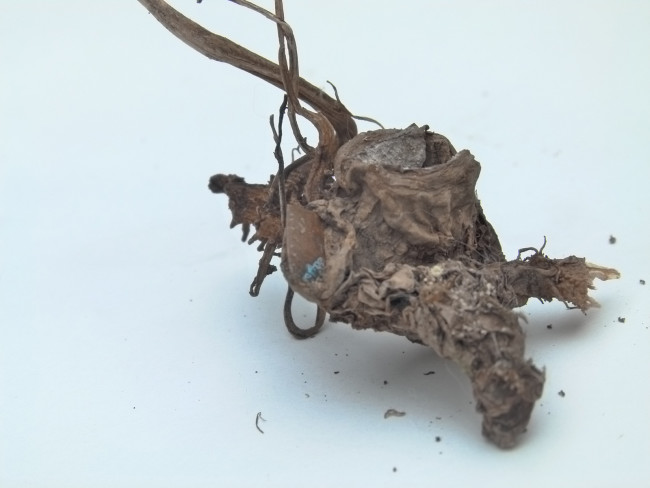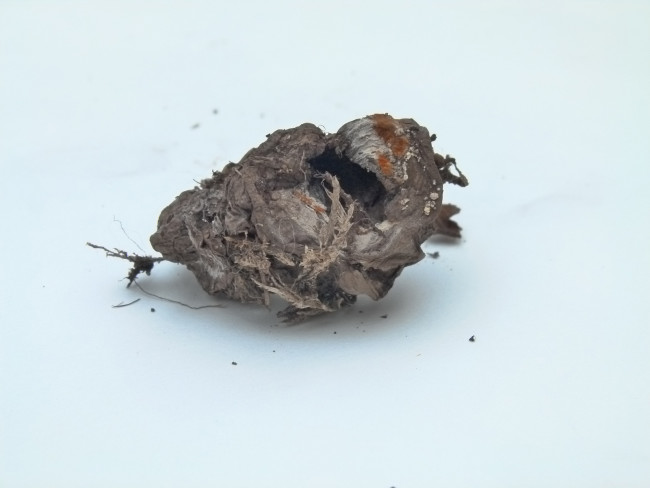Kartoffeln by Anne Duk Hee Jordan

Man has always tried to shape his environment.
Food is an existential and fundamental basic need that must be satisfied. Maslow’s ‘hierarchy of needs’, a theory proposed by the psychologist in his 1943 paper “A Theory of Human Motivation” elaborates further: physiological needs are the physical requirements for human survival. If these requirements are not met, the human body cannot function properly and will ultimately fail. Physiological needs are thought to be the most important; they should be met first. Air, water, and food are metabolic requirements for survival in all animals, including humans. Staple food is an economic and a sociopolitical good: in this way, food undergoes a cultural change. Food preparation techniques are based on cultural knowledge developed over thousands of years, which also lead to specific eating habits.
Anne Duk Hee Jordan makes the following comparison: “Long ago humans discovered the Eastern Islands, they populated it and grubbed up the forest surface, among other reasons also to place the large famous statues on. Some time later they finished the raw materials to survive, because the available space was very limited. There were military conflicts between the individual villages and only the strongest one survived. But even the stronger once were dying at the end, because also they found nothing more to eat. They started to actually eat each other. Since they did not have boats (they also could not build any, as no more trees were there) they could not flee. They became extinct.” – Textby Pauline Doutreluingne
Anne Duk Hee Jordan‘s photographs are on display at TU Berlin in the context of the exhibition project Clouded Lands. 30 Years Chornobyl curated by Food of War as part of IPB World Congress 2016. Starting the 30th of September 2016, the exhibition lasts until 3rd of October.


Jordan, an adoptee from South Korea, grew up in a rural environment in the southern Palatine region in Germany, where the potato is an important part of agriculture. The history of the potato interweaves with her own identity and life story. As a culinary object, the potato embodies not only a wide range of symbols, rules and rituals, but also functions as a traditional food of entire cultures. It is a nightshade plant and comes originally from the Incas. The Spanish introduced the potato to Europe in the second half of the 16th century. In Prussia, Friedrich II formally flogged his compatriots to accept it as staple food, as there they stubbornly refused recognizing the potato. The potato was slow to be adopted by distrustful European farmers, but soon enough it became an important food staple and field crop that played a major role in the European 19th century population boom. However, due to its lack of genetic diversity, and the very limited number of varieties initially introduced, the crop was vulnerable to disease. In 1845, a plant disease known as late blight spread rapidly through the poorer communities of western Ireland, resulting in the crop failures that led to the Great Irish Famine. Half of the Irish population got reduced; a million died of famine and up to two million emigrated to the USA. In 2009, Anne Duk Hee Jordan created a machine/self sustained chemo-biological system called Water Me / Eat Me. The system consists of a potato field, biological circuit and a watering machine. She grew potatoes, which produced electricity for an engine that represents the drive for the watering machine. This machine functions as gears or, figuratively as a heart, which supplies the potatoes with all the necessary nutrients that promote their growth. She then cut open the potatoes and infused her own blood in the biological transmission, so that the potatoes were not only supplied by the nutrients in the earth, but also by the blood of the artist. She titled the performance and photography series created out of this process Compassion (2011).